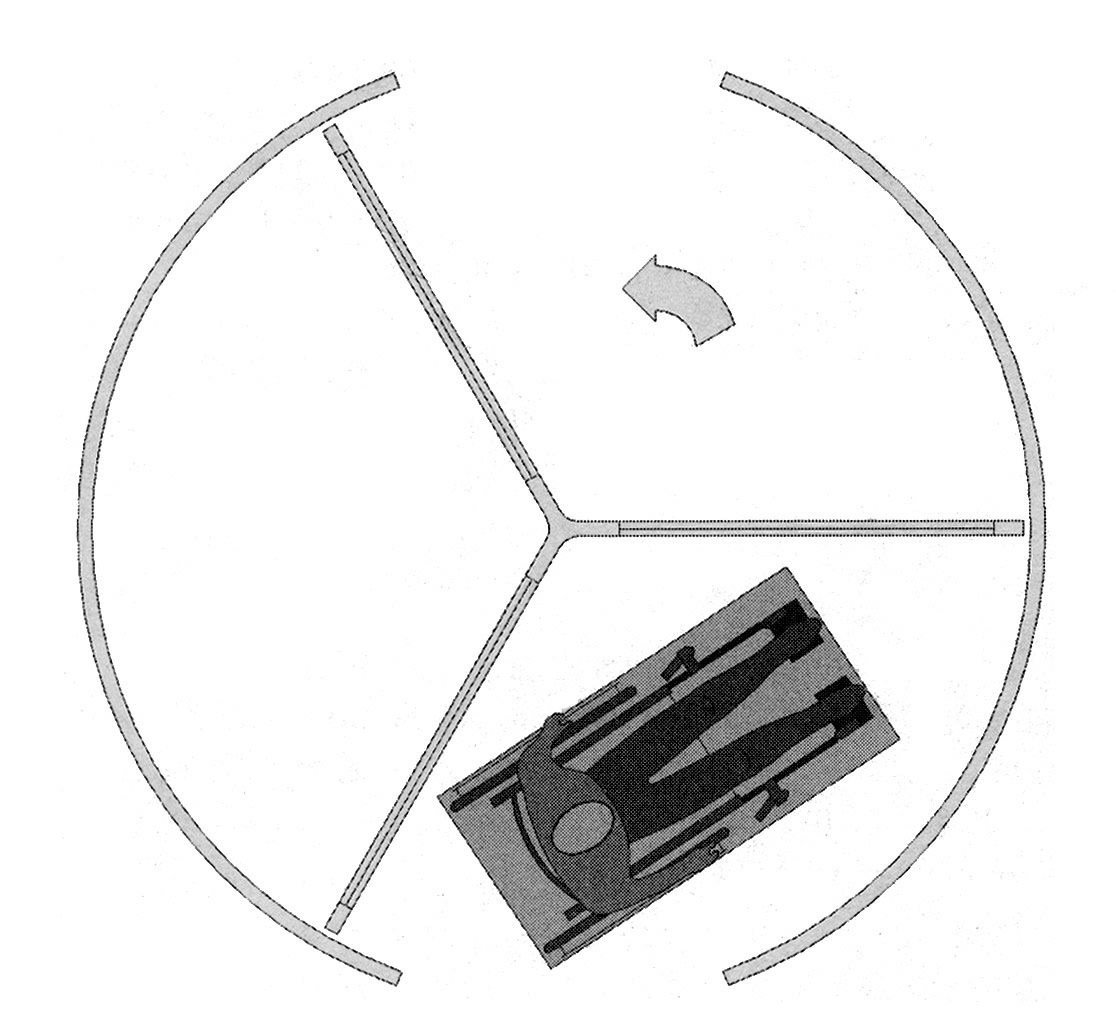Automated Revolving Doors.
Automated Revolving Doors
Automated revolving doors, if large enough, may be usable by many people who use wheelchairs although ADAAG requires that a revolving door not be the only means of passage at an accessible entrance [4.13.2]. An alternate door in full compliance with 4.13 is considered necessary since some people with disabilities may be uncertain of their usability or may not move quickly enough to use them. (Life safety codes also usually require a secondary swing door). While manufacturers have developed safety criteria, the industry safety code for automated doors referenced by ADAAG does not currently address revolving doors, and certain questions remain, such as the appropriate maximum speed.

Research sponsored by the Board ("Automated Doors" by Adaptive Environments Laboratory (1993)) indicates that automated revolving doors, in order to be wheelchair accessible, must have a diameter of at least 10 to 12 feet depending on the number of compartments so that each compartment provides clear floor space at least 30 by 48 inches. Other recommendations from this study include:
-
a minimum 32 inch clearance for each leaf when hinged out for emergency use
-
safety systems such as motion detectors within compartments and at the door opening that stop door movement without contact
-
a slow mode (2 RPM) that can be activated automatically or by user activation (manufacturers have recommended a maximum speed of 4 RPM maximum for general use)
-
signage indicating slow down features and other user controls

User Comments/Questions
Add Comment/Question